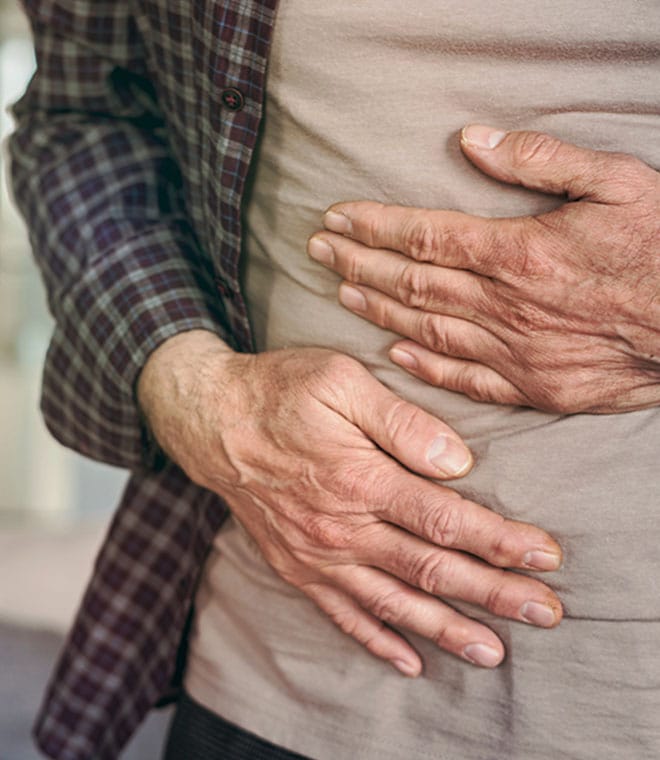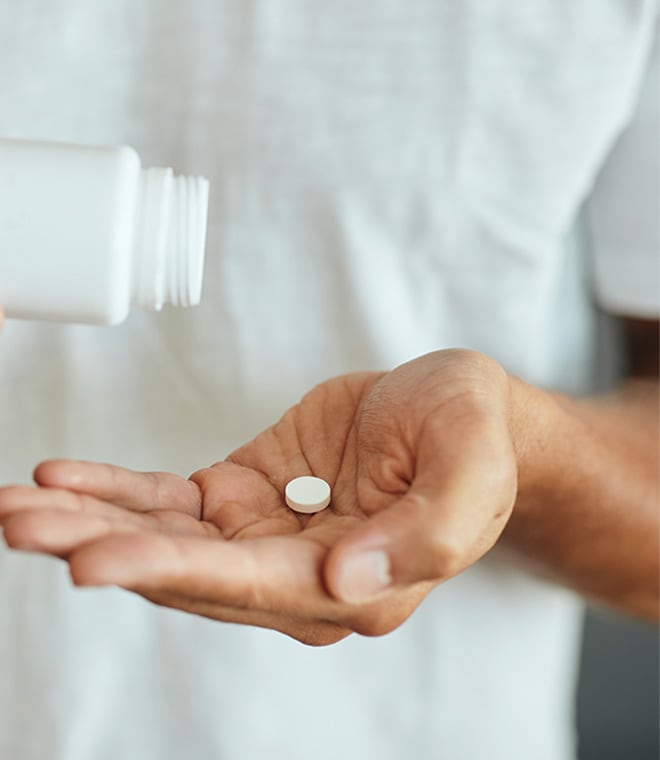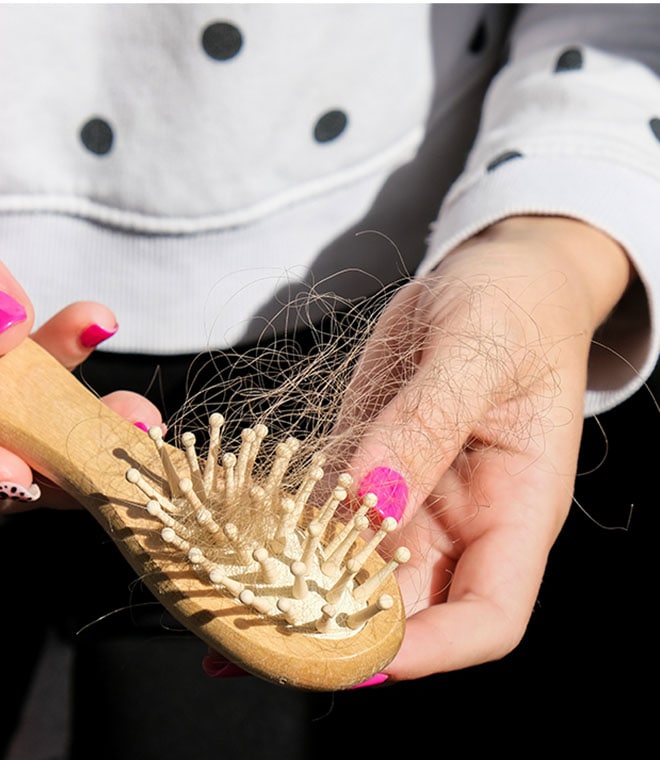Health
Latest treatment for erectile dysfunction: What’s new?
By Dennis Galvon, MD Jul 11, 2024 • 7 min
Approximately 30 million men in the U.S. experience erectile dysfunction (ED). Many factors can contribute to having ED, from anxiety and stress to medical conditions affecting the circulatory, nervous and endocrine systems. While oral medications have been available for years, many people are not aware that there are a number of new treatments available for ED.
1. Low-intensity shock treatment: In some men, erectile dysfunction occurs due to problems with blood flow to the penis. Low-intensity shock treatment, or LiSWT, is a treatment that is intended to address this underlying cause of ED.
During the therapy, a healthcare provider uses a wand-like device to focus mild sound waves into the penis. A treatment takes about 15 minutes, and healthcare providers often recommend a series of treatments over the course of a month. The therapy is painless, so no anesthetic is necessary.
Studies show that LiSWT may help strengthen blood vessels in the penis, improving blood flow to make it easier for men to get an erection. However, LiSWT doesn’t work for everyone, and the U.S. Food and Drug Administration (FDA) hasn’t approved LiSWT for the treatment of ED. For men who do see results from LiSWT, benefits typically continue to help for around one to two years. Expect to pay up to $3,000 for the treatment since it’s not usually covered by insurance. Also, consult a reputable clinic, preferably with a urology specialist. Storefront clinics offering less effective radial therapies or machines to treat at home can be found, but there’s no evidence they provide any benefit.
2. Eroxon: Another treatment for ED that may increase blood flow to the penis, MED3000 (Eroxon), is a topical gel approved by the FDA for the treatment of ED, and you can purchase it over the counter in single-use tubes.
Upon application, Eroxon initially causes a cooling sensation and then gradually warms. In doing so, it may stimulate the penis, helping it fill with blood and allowing for an erection. Men may see results from Eroxon in about 10 minutes.
There are some downsides to Eroxon. In clinical trials, only 65% of men were able to maintain an erection long enough to complete sexual intercourse after applying Eroxon. Some people may experience nausea and headaches as a side effect. Check with your healthcare provider before trying this product.
3. Self-injections: Although self-injections have been available for treating ED for years, many men are unfamiliar with them. They include three FDA-approved drugs:
- Alprostadil (Caverject, Edex)
- Papaverine (Papacon)
- Phentolamine (OraVerse, Regitine)
Typically, these are combined in Tri-Mix, which is more effective than the individual components.
With self-injections, you give yourself a shot with a fine needle prior to intercourse. The medications increase blood flow to the penis, producing results in about 10 minutes. In most cases, erections last for about 20 to 30 minutes with the correct dosage. Up to 80% of men experience an erection with self-injection therapy. However, some men may not continue this therapy long-term, due to the side effects.
Potential side effects of self-injections include pain and bleeding at the injection site and painful erections that last for hours. There is also a risk of fibrous tissue developing in the penis or at the site of the injections.
4. Muse (alprostadil urethral) suppositories: Another nonoral treatment, Muse is a urethral suppository, a medication in the form of a tiny pellet that is inserted into the urethra with a special device. The FDA-approved suppository contains the medication alprostadil, which is the same active ingredient that can be administered as a self-injection for ED.
Muse typically begins to work in about 10 minutes, with erections lasting for 30 to 60 minutes. Common side effects of the suppositories can include pain, a burning sensation and bleeding.
Looking ahead to future treatments
Researchers continue to work toward developing new treatments for ED, and recent studies suggest that more new therapies may be on the horizon. Two current areas of interest are platelet-rich plasma (PPR) injections and stem cell therapy.
Used to treat soft tissue injuries, PPR injections contain concentrated platelets sourced from a patient’s own body. Once injected, the platelets release cytokines and growth factors, which can aid in healing. The most recent study involving PPR found that while the injections were generally safe, they weren’t any more effective at treating ED than a placebo. However, investigation into the potential benefits of PPR for erectile dysfunction continues.
Stem cell therapy involves the use of stem cells, which can produce specialized cells. Currently, healthcare providers use stem cell therapy to treat blood cancers, blood disorders and broken bones.
In 2019, researchers at the University of Southern California successfully used stem cells to produce testosterone-producing cells. Based on this, some experts believe that stem cell therapy may one day be an effective treatment for low testosterone, a condition that can cause a variety of symptoms, including ED. However, more research is necessary to prove this.
Traditional Prescriptions
Healthcare providers can recommend a number of prescription medications for erectile dysfunction, including:
- Sildenafil (generic Viagra)
- Tadalafil (generic Cialis)
- Vardenafi (generic Levitra)
Among others that your healthcare provider can help you determine the cause of your symptoms and explore treatment options.
Exploring your treatment options
The best ED treatments for you will depend on your age, the cause, your health history and other factors. Your healthcare provider can help you weigh the benefits and drawbacks of available treatments and decide which is right for you.
Published July 2024.
References:
- https://health.clevelandclinic.org/shockwave-therapy-for-ed
- https://www.niddk.nih.gov/health-information/urologic-diseases/erectile-dysfunction/definition-facts
- https://my.clevelandclinic.org/health/diseases/10035-erectile-dysfunction
- https://www.mayoclinic.org/diseases-conditions/erectile-dysfunction/in-depth/nonoral-erectile-dysfunction-treatments/art-20045578
- https://stemcell.keck.usc.edu/breakthrough-in-testosterone-producing-cells-could-lead-to-treatment-for-low-t/
- https://dailymed.nlm.nih.gov/dailymed/drugInfo.cfm?setid=4c55f3f9-c4cf-11df-851a-0800200c9a66
- https://my.clevelandclinic.org/health/treatments/21102-platelet-rich-plasma
- https://www.auajournals.org/doi/10.1097/JU.0000000000003481
- https://www.hss.edu/condition-list_prp-injections.asp
- https://healthcare.utah.edu/mens-health/conditions/erectile-dysfunction/shockwave-therapy
- https://www.health.harvard.edu/mens-health/fda-approves-new-over-the-counter-gel-for-erectile-dysfunction
- https://my.clevelandclinic.org/health/body/24892-stem-cells
- https://www.ncoa.org/adviser/mens-health/ed-causes-and-treatments/




